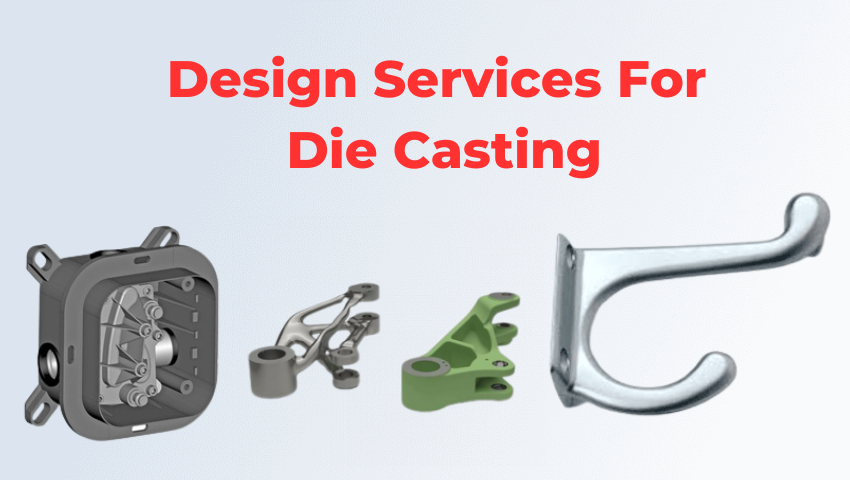Die Casting and its Process
Die casting is a manufacturing process that involves the use of molten metal to create highly precise and durable parts or components.
It is used in different industries, including automotive, aerospace, and medical. Die casting is a cost-effective way to produce high-quality parts with repeatable accuracy.
The process involves creating a mould from an alloy or metal and then pouring the molten metal into a cavity to create the desired shape.
The die-casting process offers many advantages over other manufacturing methods such as increased strength, greater detail, and improved surface finish. Additionally, die casting can be used for mass production as well as for creating single pieces or prototypes.
Importance of Design For Die Casting
Die casting is a critical manufacturing process that requires precision and skill. It is also a form of art in which the design of a product is crucial to its success. To create a successful die cast, designers must consider the materials used, the size of the product, and how it will be used. A good design can make or break a die-cast product, so designers must understand its significance when creating products. Designers can ensure their products’ market success by carefully considering design elements such as form, texture, colour, and finish.
Steps Vocal Tech Solutions Follow While Designing a Die Casting
Advanced Product Quality Planning Process (APQP)
Advanced product quality planning (APQP) is an important step in the die-casting design process. It involves a systematic approach to identifying and reducing potential risks and quality issues that may arise during the manufacturing process. APQP helps to ensure that products are designed and manufactured by customer specifications while also meeting industry standards. Manufacturers can improve product quality, reduce costs, and increase customer satisfaction by following this step.
1. Mould Flow Analysis
Mould flow analysis is an important step in the die-casting process that aids in the identification and analysis of potential design flaws. It is a software-based simulation process that simulates how molten metal flows into a mould during the die-casting process. Designers can use this analysis to identify areas of weakness and optimize their designs for better performance. Designers can also use mould flow analysis to reduce cycle time and improve quality while avoiding costly rework or scrap costs.
2. Die Design for Die-Casting Tools
Die casting is a manufacturing process that involves the use of precision moulds and dies to create components from metal, plastic, or ceramic materials. The process is divided into several steps, beginning with the die design for the die-casting tool. This step is critical because it determines the finished product’s accuracy and quality.
3. Rapid Prototyping
Rapid prototyping is an important step in the die-casting process. It involves creating a 3D model of the desired product or component to be produced using specialized software and 3D printing technology. The model is then used to create a prototype of the part, which can be tested for its design, strength, and other properties before production begins. This ensures that any flaws or issues with the design can be identified and corrected early in the process, saving both time and money.
Advantages of Die Casting at Vocal
Vocal tech solutions are becoming increasingly popular in the die-casting industry. We create designs that are more efficient and cost-effective, while also providing a better customer experience. You can also use them to automate certain tasks like creating 3D models for die-casting and prototyping. They can also be used to generate accurate estimates for production costs and timelines.
Vocal tech solutions also provide an opportunity to collaborate more effectively with clients on design projects. We consider the application, appearance, performance, precision, and, most importantly, cost when designing a Die Cast Part. First, we will determine what the customer wants to accomplish in the parts and balance the requirements to stay within budget.


